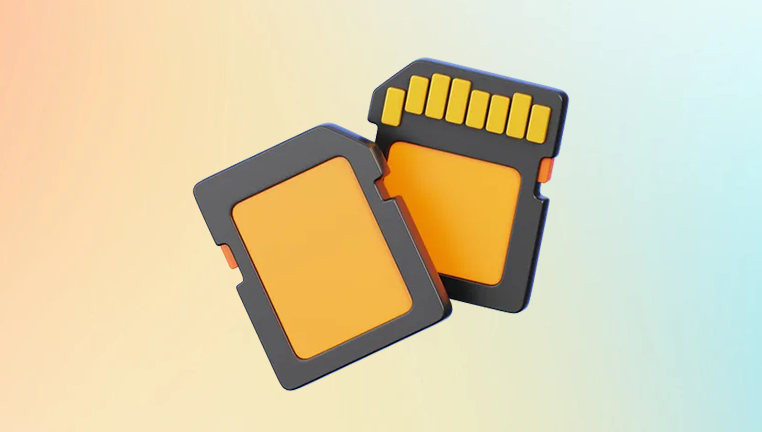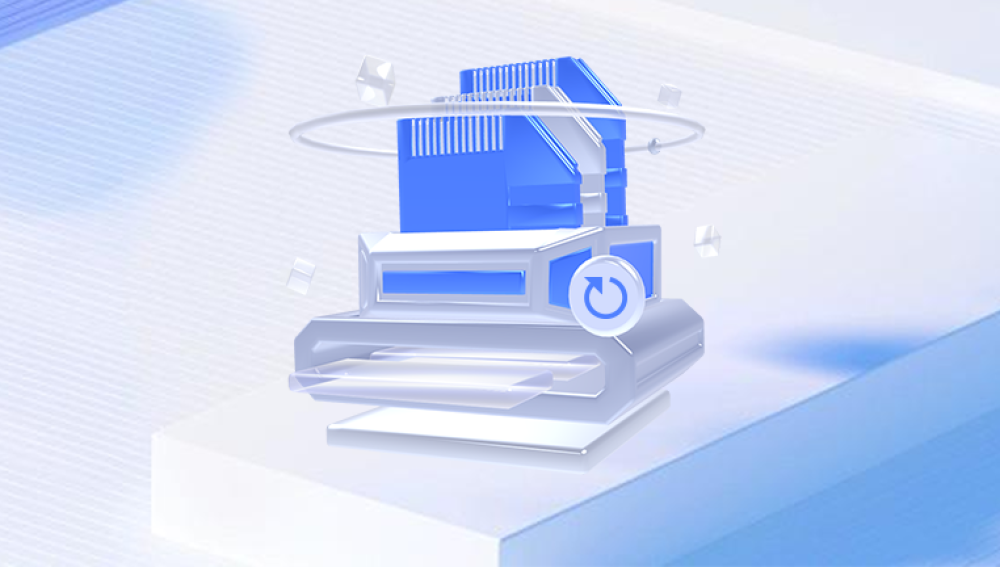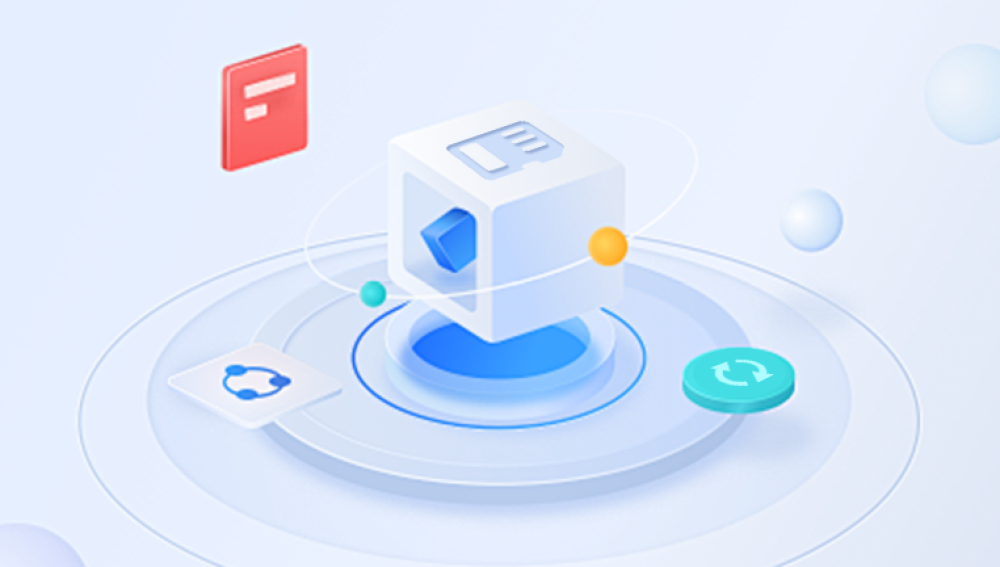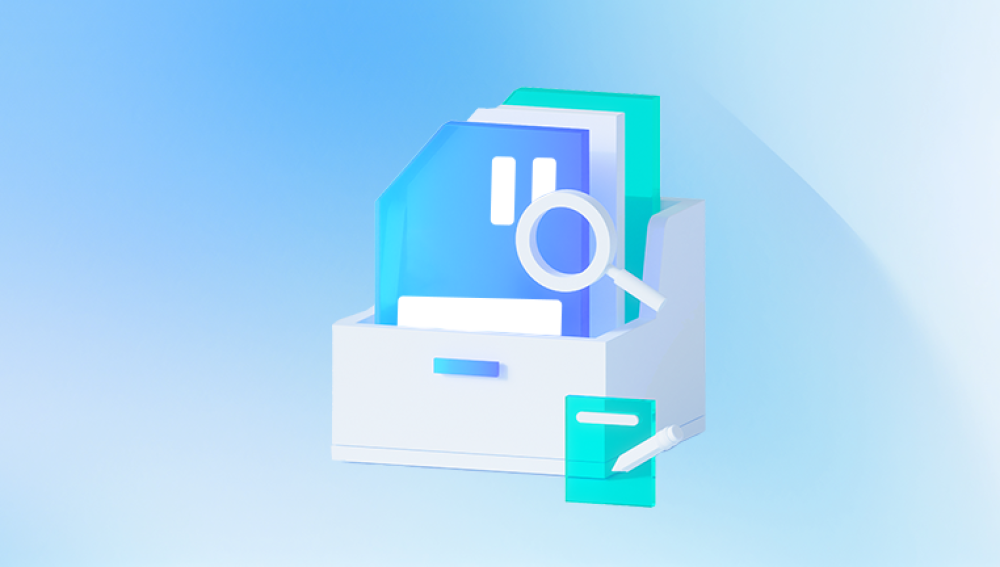From photographers capturing once-in-a-lifetime moments to everyday users saving vacation snapshots on a smartphone, SD cards are everywhere. But as common and convenient as they are, SD cards are not immune to accidents. Files can be deleted, cards can become corrupted, or entire storage systems can be wiped in an instant.
1. Accidental Deletion
Deleting files unintentionally is one of the most common causes of data loss. Many cameras and devices don’t offer a trash or recycle bin, so once you delete something, it’s gone from view.
2. Formatting the SD Card
Sometimes users format an SD card by mistake or due to a prompt from their device. While formatting erases all data, the files often remain on the card until overwritten.

3. File System Corruption
Improper ejection, virus infections, or power interruptions can corrupt the SD card’s file system, making data inaccessible even if it’s still present.
4. Physical Damage
Exposure to moisture, excessive heat, or physical breakage can damage the card's internal components, leading to data loss.
5. Device Errors
Errors in cameras, drones, phones, or other devices can cause the SD card to become unreadable or prompt for reformatting.
How SD Card Recovery Works
When you delete a file or format your SD card, the data isn’t immediately erased. Instead, the space it occupies is marked as “available” for new data. Until new information is written over that space, the original data can often be recovered.
SD card recovery tools work by scanning these “available” spaces for remnants of deleted files and reconstructing them. Some tools even offer deep scan features that examine every sector of the card for recoverable data.
What Makes a Great SD Card Recovery Tool?
Not all recovery tools are created equal. The best SD card recovery software shares a few critical traits:
1. User-Friendly Interface
A tool should be easy to use, even for non-technical users. Clear navigation, simple buttons, and intuitive controls are essential.
2. File Type Support
Top tools support a wide array of file types—JPG, PNG, MP4. MOV, DOC, XLS, PDF, RAW image files, and more.
3. Preview Capability
Previewing files before recovery lets you verify that you’re restoring the right ones.
4. Quick and Deep Scan Options
Quick scans are ideal for recent deletions, while deep scans comb through every byte of storage for hidden or corrupted files.
5. Free Recovery Limits or Full Access
Some tools offer completely free recovery, while others limit the amount of data unless you pay. Knowing what you can recover for free is vital.
6. OS Compatibility
Choose a tool compatible with your operating system—Windows, macOS, or Linux.
The Best SD Card Recovery Tools (Free & Paid)
Let’s look at the most reliable SD card recovery tools available in 2025. This list includes both free and paid options, giving you a variety of choices based on your needs.
1. Drecov Data Recovery
Best for: Beginners and users seeking a simple, guided experience
Platforms: Windows, macOS
Pricing: Free version available; premium upgrades offered
Overview:
Drecov Data Recovery has quickly risen to prominence due to its clean interface, excellent recovery engine, and support for SD cards, USB drives, and external storage. It supports a broad range of file types, including photos, videos, and documents.
Key Features:
Intuitive user interface
File preview before recovery
Supports formatted, corrupted, or inaccessible SD cards
Fast scan and deep scan modes
Lightweight and resource-efficient
Pros:
Easy to use
Suitable for non-technical users
Accurate scan results
Cons:
Limited recovery amount in free version
Still growing its advanced features
2. Recuva by CCleaner
Best for: Windows users who want a simple and effective recovery tool
Platforms: Windows
Pricing: Free; Recuva Professional available with extra features
Overview:
Recuva is a veteran in the file recovery space. It allows users to recover data from SD cards, hard drives, USB flash drives, and more. While the interface is a bit dated, its effectiveness remains strong.
Key Features:
Wizard mode for quick start
Deep scan functionality
Supports hundreds of file types
Secure file deletion and data wiping
Pros:
Free version is powerful
Lightweight
Works well for simple recovery jobs
Cons:
No macOS support
May miss deeply buried files
3. Disk Drill
Best for: Users needing a modern interface and powerful scan engine
Platforms: Windows, macOS
Pricing: Free for up to 500MB (Windows); Paid version available
Overview:
Disk Drill is known for its polished interface and thorough scanning. It offers visual scan results, previews, and multiple file system support, making it a top choice for recovering from SD cards.
Key Features:
Quick and deep scan modes
Recovery Vault to protect future data
Supports exFAT, FAT32. NTFS, and more
SD card, internal, and external drive support
Pros:
Visually appealing UI
High recovery rate
Free data recovery (limited)
Cons:
500MB limit on free version (Windows)
macOS version requires full license for recovery
4. PhotoRec
Best for: Advanced users looking for open-source software
Platforms: Windows, macOS, Linux
Pricing: Free (open-source)
Overview:
Don’t let the name fool you—PhotoRec isn’t just for photos. This open-source tool recovers over 480 file types and works with almost all file systems. However, its lack of a GUI might deter casual users.
Key Features:
Works even with damaged or formatted partitions
Recovers videos, documents, archives, and more
Supports multiple storage types and operating systems
Pros:
Fully free
No limits on recovery
Cross-platform support
Cons:
Command-line interface
No preview option
5. EaseUS Data Recovery Wizard
Best for: Users willing to pay for an intuitive and efficient tool
Platforms: Windows, macOS
Pricing: Free for 2GB (with registration); Premium version available
Overview:
EaseUS is a well-established name in data recovery. It supports all kinds of storage devices and file types and offers a clean wizard-style interface.
Key Features:
Preview before recovery
Deep and quick scan
Filter by file type or date
SD, HDD, USB, SSD, and partition recovery
Pros:
High success rate
Great interface
Good customer support
Cons:
Limited free recovery
Can be slow on deep scans
6. R-Studio
Best for: IT professionals and advanced users
Platforms: Windows, macOS, Linux
Pricing: Paid (free demo allows preview only)
Overview:
R-Studio is designed for professional data recovery tasks. It can recover data from damaged or inaccessible SD cards and supports RAID, network recovery, and raw file scanning.
Key Features:
Detailed file system support
Hex editor
RAID reconstruction
Network recovery
Pros:
Powerful and precise
Ideal for complex recovery scenarios
Cons:
Not beginner-friendly
No free recovery
How to Use an SD Card Recovery Tool (Step-by-Step)
Here’s a step-by-step process using Drecov Data Recovery as an example:
Step 1: Stop Using the SD Card
Immediately stop using your SD card to avoid overwriting deleted data.
Step 2: Download & Install the Tool
Download Drecov Data Recovery or your preferred software. Install it on a different drive—not the one you’ll be recovering data from.
Step 3: Connect the SD Card
Insert the SD card into a reader or device, then connect it to your computer. Ensure it’s recognized.
Step 4: Launch and Select the Card
Open the recovery tool and select your SD card from the list of available drives.
Step 5: Scan for Files
Choose a “Quick Scan” for recently deleted files or “Deep Scan” for formatted or corrupted cards.
Step 6: Preview & Select Files
After the scan completes, preview the recoverable files. Select the ones you want to retrieve.
Step 7: Recover to a Safe Location
Restore the files to a folder on your PC, not back onto the SD card.
Tips to Maximize Recovery Success
Act Quickly: The sooner you start recovery, the better the chance of success.
Avoid Writing to the Card: Writing new data may overwrite deleted files.
Use a Reliable Reader: A malfunctioning reader can interrupt recovery.
Don’t Reformat: Avoid reformatting the card after data loss unless necessary for recovery.
When to Consider Professional Recovery
While software works in most cases, some scenarios call for expert intervention:
Physically damaged SD cards
Corrupted controller chips
Encrypted cards
Data needed for legal or forensic purposes
Professional recovery labs use specialized hardware to extract data in extreme cases. This service is costly but often the only solution when data is critically important.
Prevention: How to Avoid Future SD Card Data Loss
Backup regularly: Use cloud storage or external drives.
Format in-device: Always format cards using the device they’ll be used in.
Safely eject: Don’t remove the card while it’s in use.
Use quality cards: Stick to brands like SanDisk, Samsung, and Lexar.
Avoid full capacity: Always leave 10–15% space unused to prevent data corruption.
Losing files from an SD card is frustrating, but recovery is often possible—especially with the right tools. From free options like Drecov Data Recovery and Recuva to professional-grade tools like R-Studio, there are solutions available for nearly every scenario and user skill level.
The best SD card recovery tool depends on your specific needs. Beginners may prefer simple, guided software with a graphical interface, while advanced users might choose powerful command-line tools or professional services. Regardless of your level of expertise, recovery is within reach—so long as you act quickly and use a reliable tool.




